Russian Businessman Builds Fairytale Castle in the Middle of a Lake
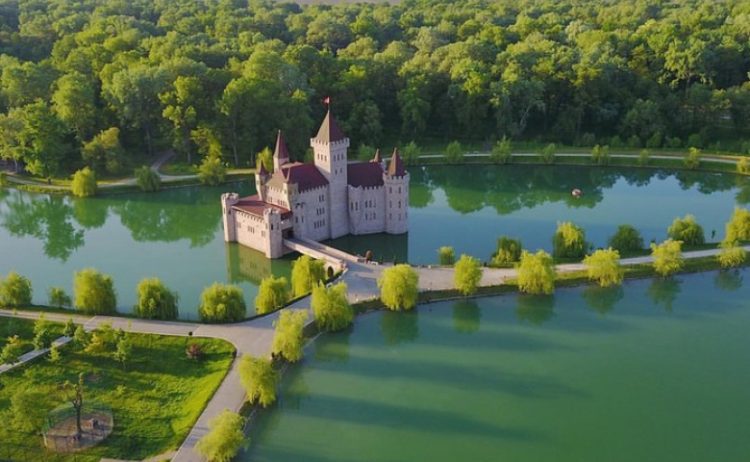
Chateau Erken, in the Russian Federation’s Kabardino-Balkaria autonomous republic, looks like an extremely well-preserved medieval castle, but in reality, this architectural wonder is just over a decade old. Located in the vineyard-dominated countryside of Kabardino-Balkaria, Chateau Erken is a tourist attraction unlike any other in Russia. Not only does it mimic the fortress-like design of […]
The Trembling Rock – A 132-Tonne Boulder That Anyone Can Move

The famous Trembling Rock of Huelgoat forest, in northeastern France, is a 7-meter-long, 137-tonne block of granite that anyone can move with their own hands, as long as they know how to push it. The forest of Huelgoat is home to numerous large boulders and geological wonders, but Trembling Rock is by far the most […]
Sweet Fishs Café – Thailand’s Crazy Koi Fish Café
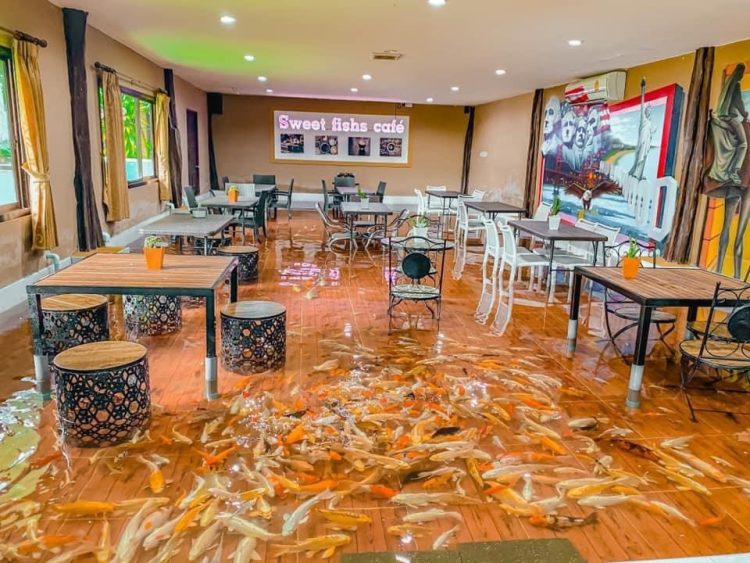
Imagine a place where you can enjoy your favorite cup of coffee in the company of dozens of koi fish as they swim through ankle-deep water that covers the entire floor. That’s Thailand’s koi fish café in a nutshell. Remember Amix Coffee, the “flooded café” of Ho Chi Minh City, where hundreds of decorative fish […]
Monkey Mia – The Australian Paradise That Dolphins Visit Daily
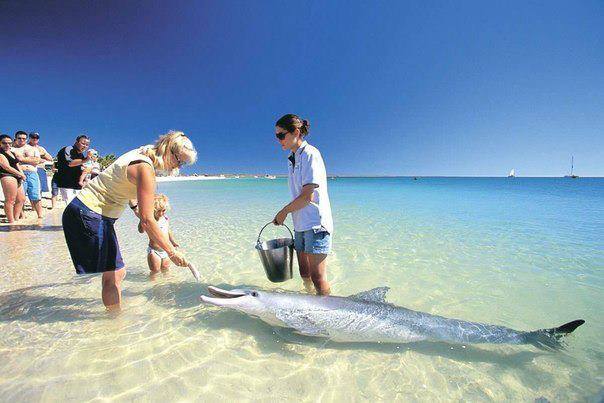
If you’ve ever wanted to see a dolphin up-close in its natural habitat, and, if you’re lucky, even hand feed it a tasty treat, there’s no place to do it at than Monkey Mia, the only beach in Australia that dolphins visit every day. The wild dolphins of Monkey Mia, on the coast of Western […]
This World War I Refuge Dug Into the Side of a Mountain Is a Spectacular Sight
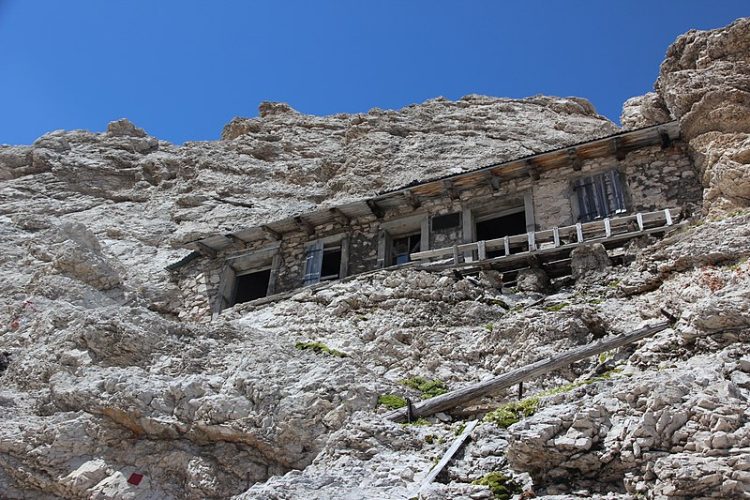
Carved into a vertical rockface in the Monte Cristallo massif, in Italy’s Dolomites Mountains, this incredible shelter sits at 2,700 meters (8,858 feet) above sea level. Mountain climbers brave enough to take on the Via Ferrata Ivano Dibona in the Italian Dolomites are treated to many memorable sights, including that of a unique structure embedded […]
Kongthong, the Indian “Whistling Village” Where Everyone Has a Song for a Name
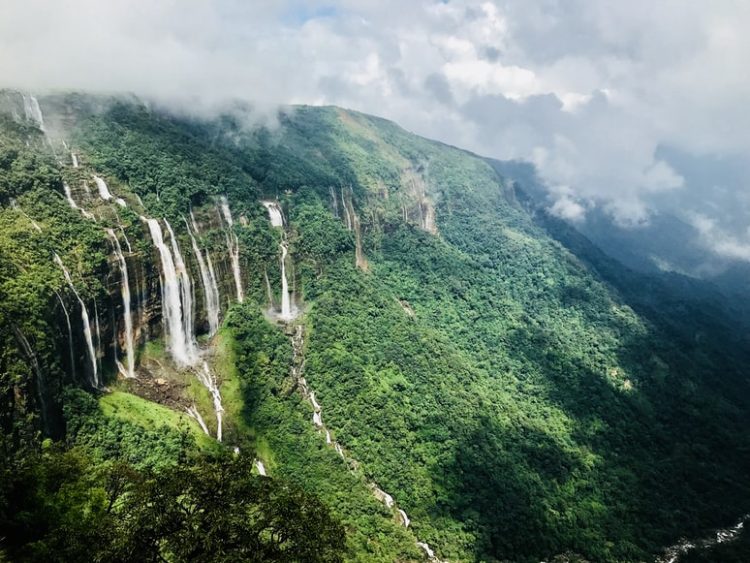
Kongthong, a remote village tucked away in the hills of India’s Meghalaya state, has a unique, centuries-old tradition where every inhabitant is given both a regular name and a song at birth, both of which become their identity. Kongthong was recently nominated as India’s no. 1 recommendation for the United Nations World Tourism Organization’s ‘Best […]
Baljenac – Croatia’s Famous Fingerprint Island
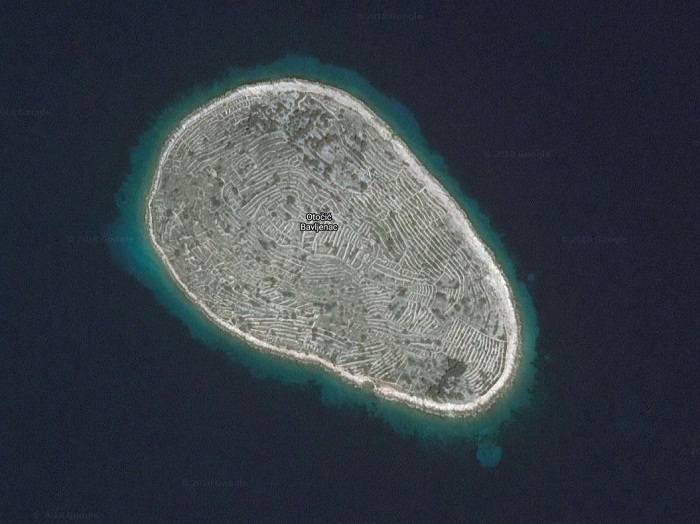
Located off the coast of Croatia, in the Adriatic Sea, Baljenac is a tiny island covered by a series of dry-stone walls that make it look like a giant fingerprint when seen from above. The oval-shaped island of Baljenac is covered by a 23-kilometer-long network of dry-stone walls. you’d think it was an ancient labyrinth, […]
Secluded New Zealand Waterfall Doubles as a Playground For Young Seals

The picturesque Ohau Waterfall on New Zealand’s Kaikoura coast is the only waterfall in the world that doubles as a seal creche, a place where the young marine mammals can play and socialize without having to worry about predators. Ohau is a 15-meter-high horsetail waterfall (the water maintains contact with the bedrock as it falls). […]
A Stay at the World’s Most Remote Hotel Will Cost You $35,000
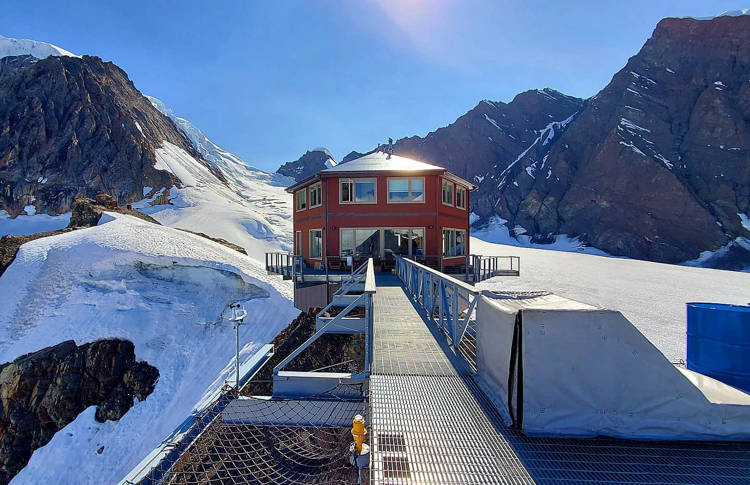
Perched on the ridge of the Don Sheldon Amphitheater of Denali’s breathtaking Ruth Glacier, in Alaska, and reachable only by air, Sheldon Chalet is famous as the world’s most remote hotel. Alaska’s Denali National Park stretches six million acres and is a shelter for grizzly bears, caribou, moose, wolves and other wildlife. It’s one of […]
This French Bookstore Is a Cat-Lover’s Dream Come True

You know what a good book goes great with? Well, apparently cats, and this new bookstore in Aix-en-Provence, France is all the proof you need. Mon Chat Pitre opened its doors in June of this year, and it has already become somewhat of a local attraction in Aix-en-Provence, especially among cat lovers. It has a […]
Les Grands Buffets – Probably the World’s Most Impressive All-You-Can-Eat Buffet

Les Grands Buffet à Narbonne is a unique all-you-can-eat buffet in Narbonne, France, where you can stuff your face with the most decadent dishes of French cuisine, in a luxurious environment, and without breaking the bank. While the above paragraph may sound like the beginning of a sponsored post, that is most certainly not the […]
Al Naslaa – Saudi Arabia’s Mysterious Rock Formation
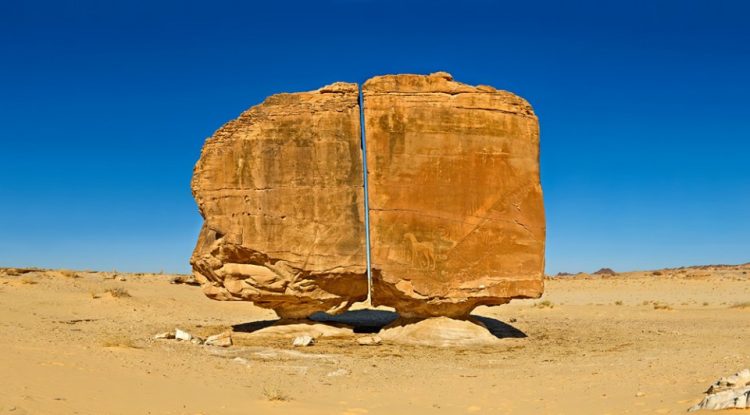
Saudi Arabia’s Tayma Oasis is home to a 4,000-year-old geological mystery – a strange rock formation perfectly split down the middle with the precision of a laser beam. The world-famous Al Naslaa rock formation is made up of two large sandstone boulders supported by a natural pedestal that appears much too small for its purpose. […]
The Wall of Hives – Box-Covered Cliffside In China Is a Unique Wild Bee Sanctuary
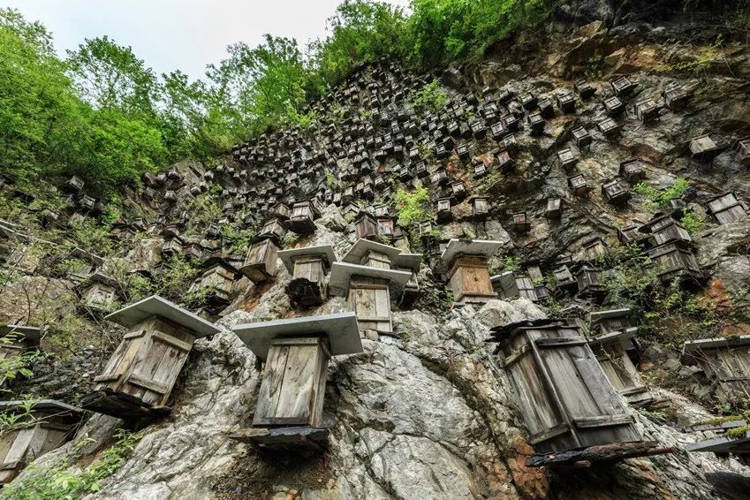
A near-vertical cliff wall in the mountains of Shennongjia Nature Reserve, China’s Hubei Province, is home to over 700 wooden boxes which make up one of the country’s last sanctuaries for native wild bees. Beekeeping has been carried out in China since at least the 2nd century AD, and roughly half of the world’s supply […]
This New Zealand Lake Is the Clearest Body of Fresh Water Known to Man
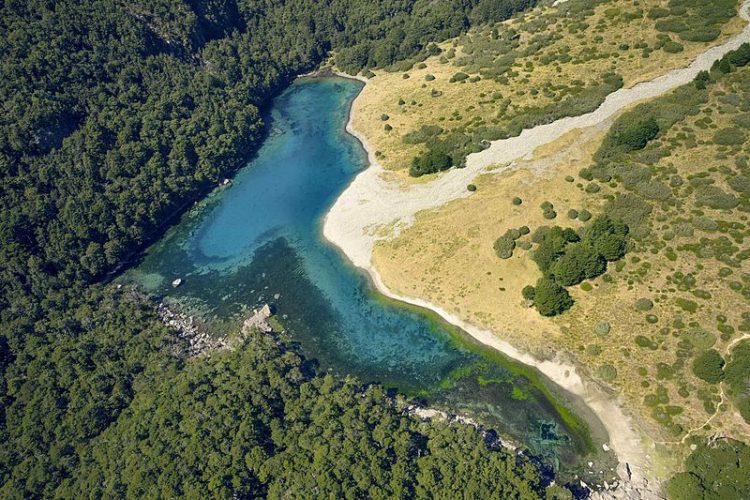
Rotomairewhenua, also known as the Blue Lake of New Zealand’s Nelson Lakes National Park, is officially recognized as the clearest body of fresh water in the world. Blue Lake is spring fed by the neighboring glacial Lake Constance, and the water passes through a natural debris damn formed a long time ago by a landslide. […]
Brazil’s Unique “Coca Cola Lagoon”
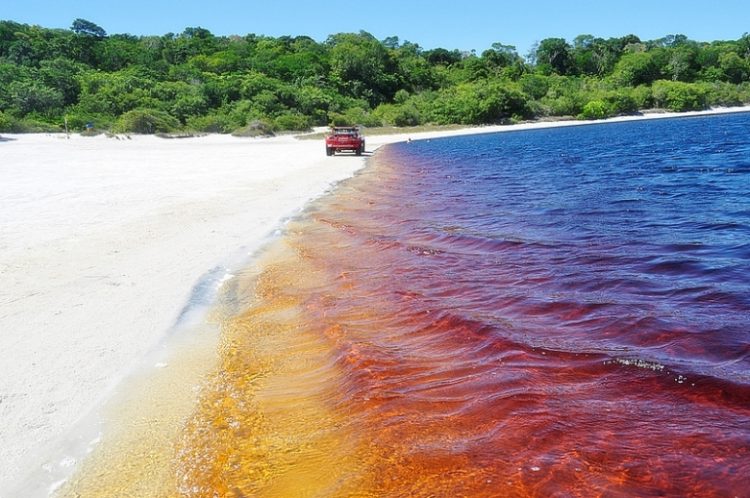
Ever dreamed of swimming in a lake of Coca Cola? Well, you can actually do just that at the unique Coca Cola Lagoon in Rio Grande del Norte, Brazil, where the water has the exact same color as the popular soft drink. Looking at the water of Lagoa da Araraquara, it’s easy to see why […]
